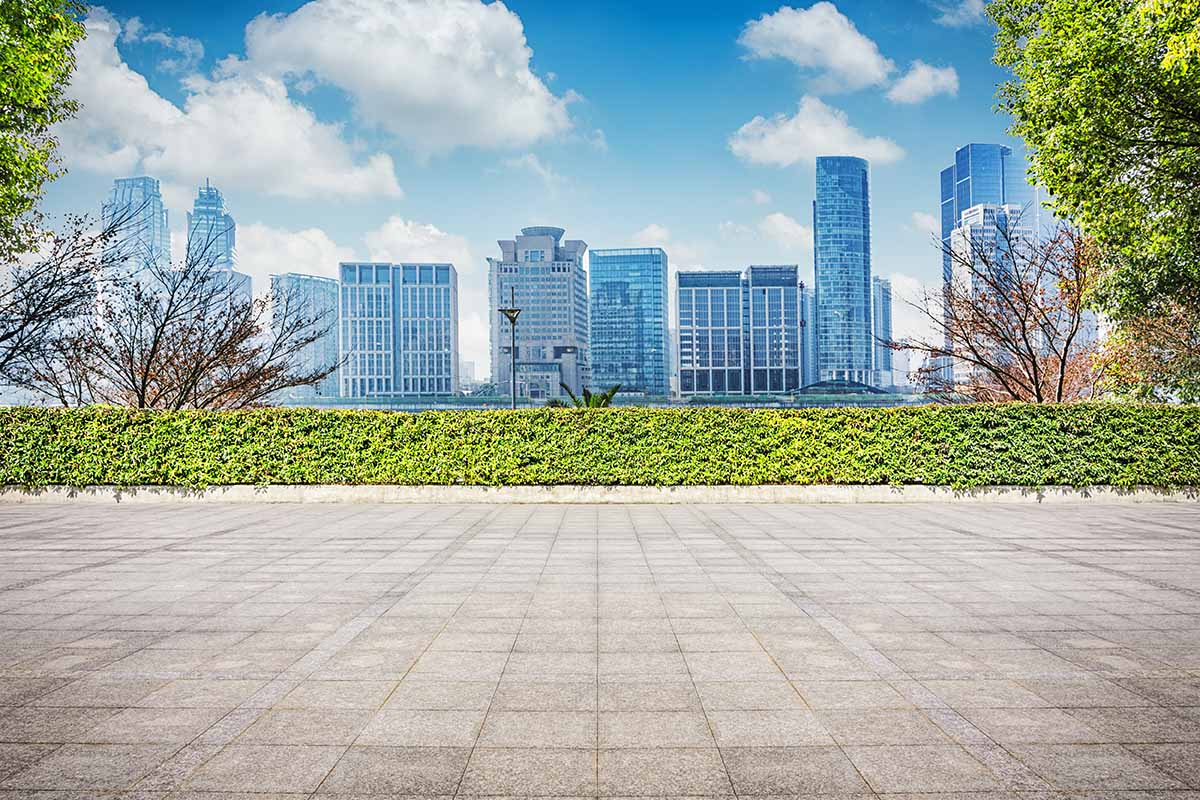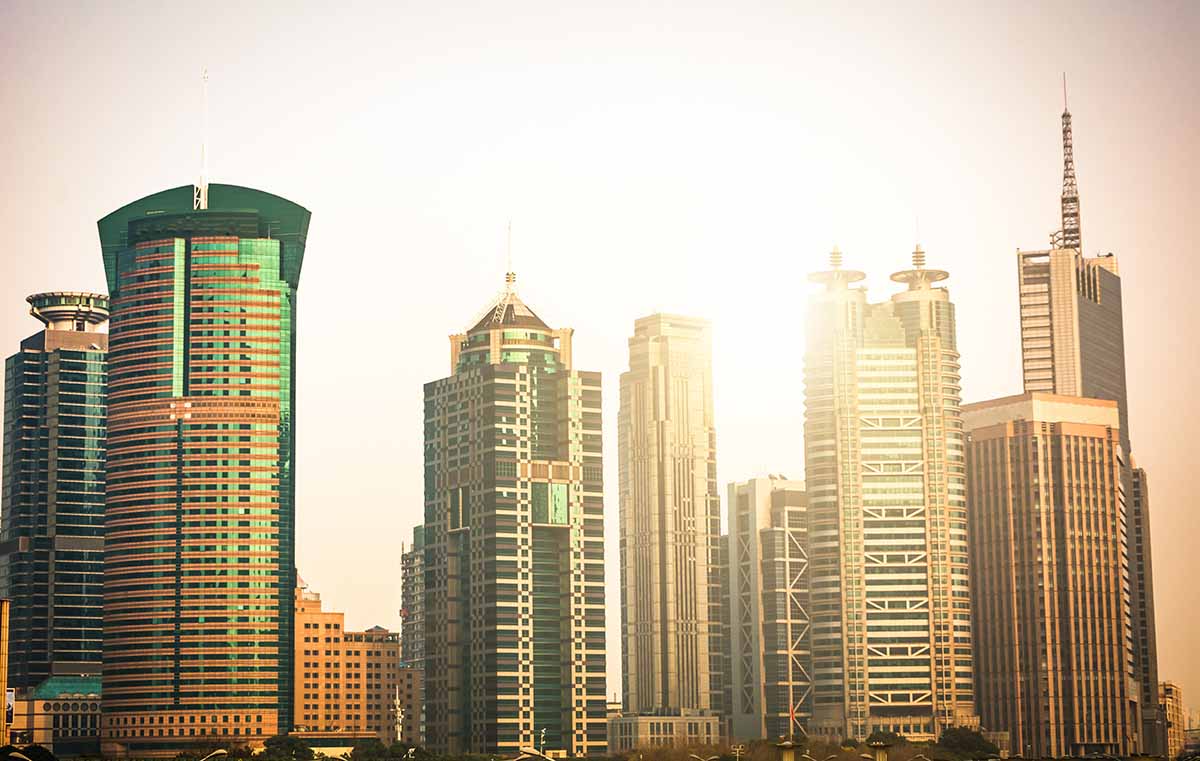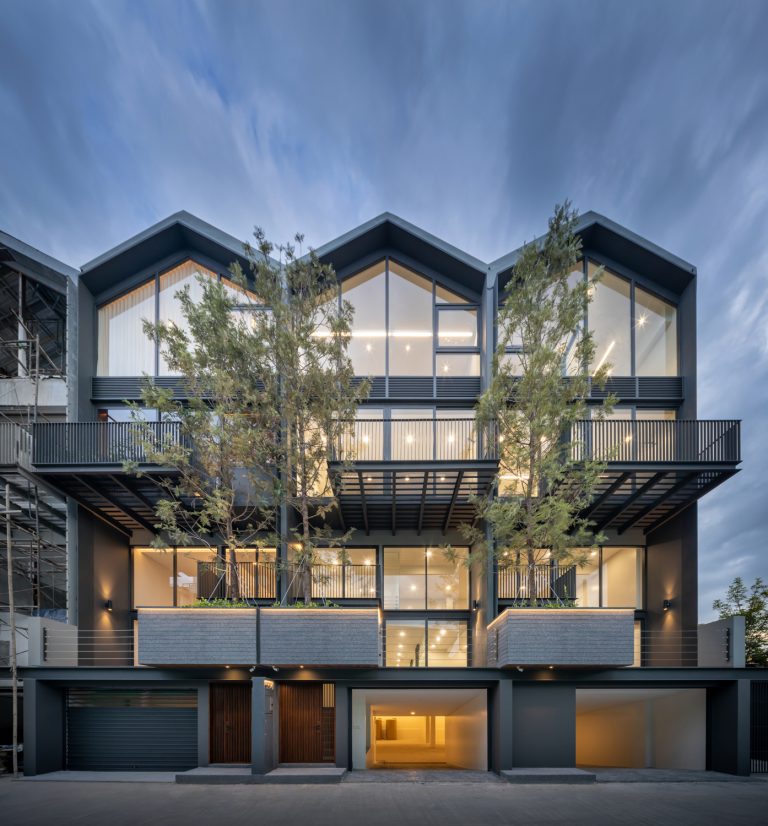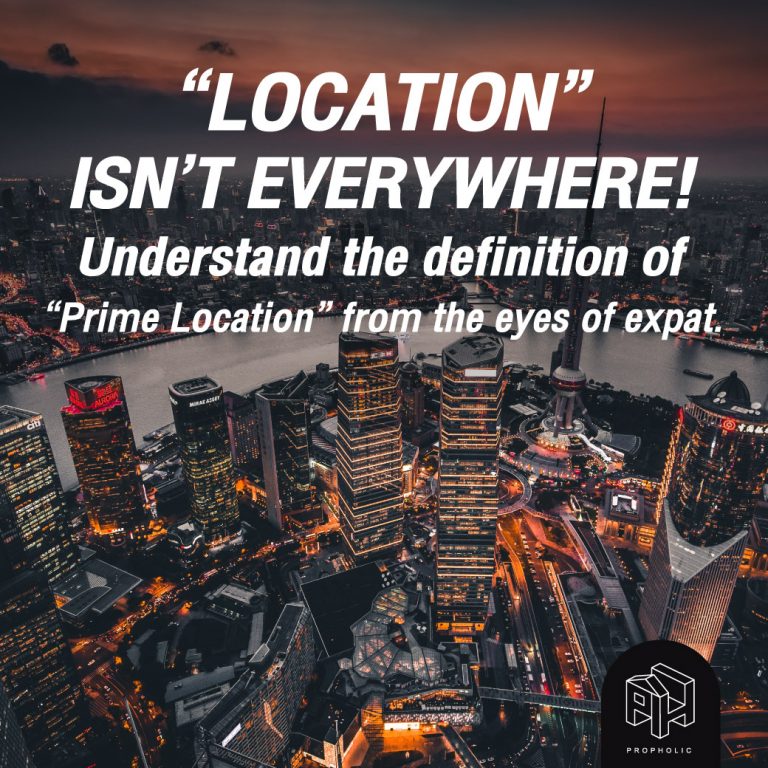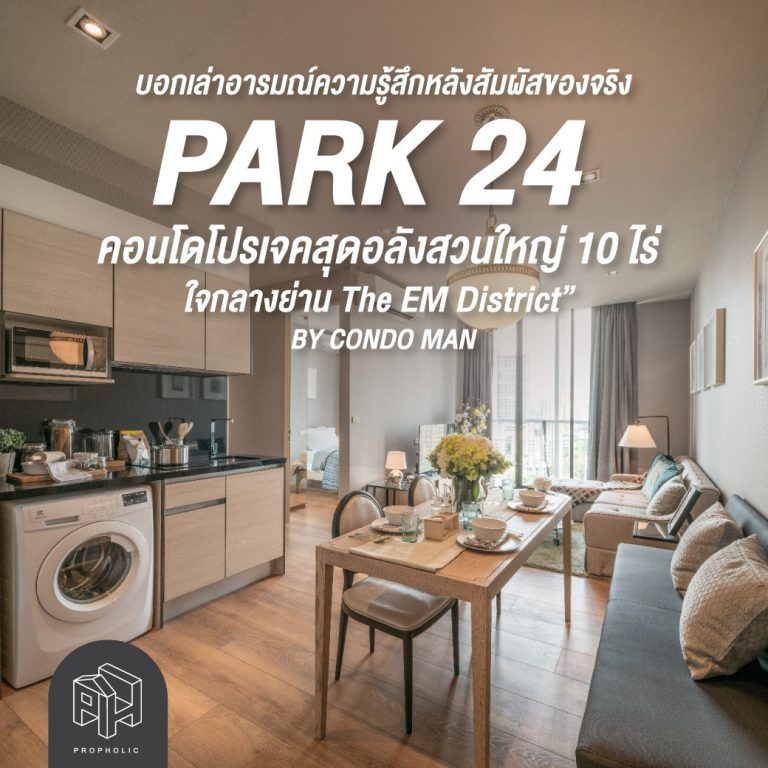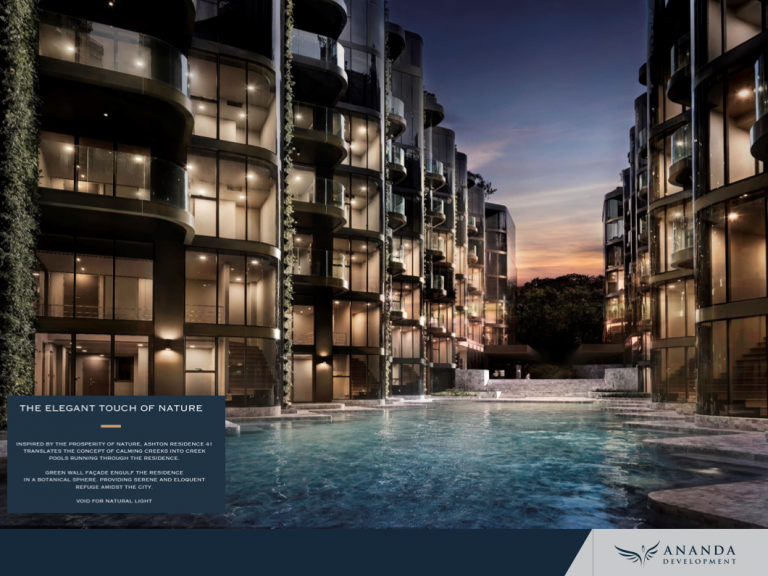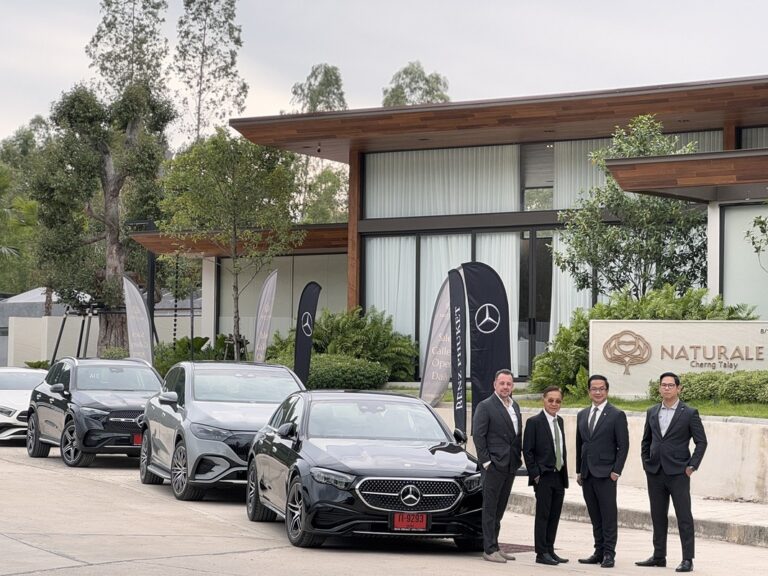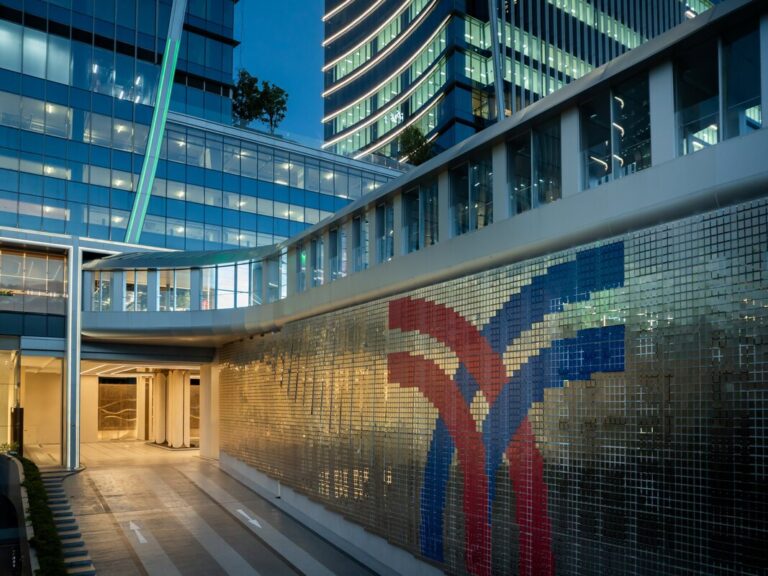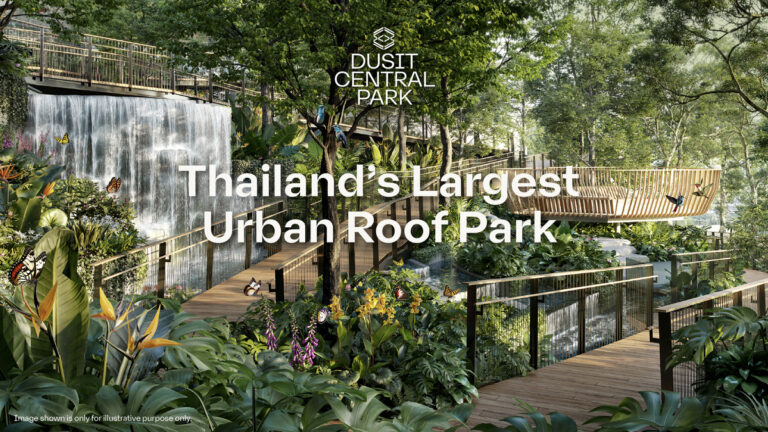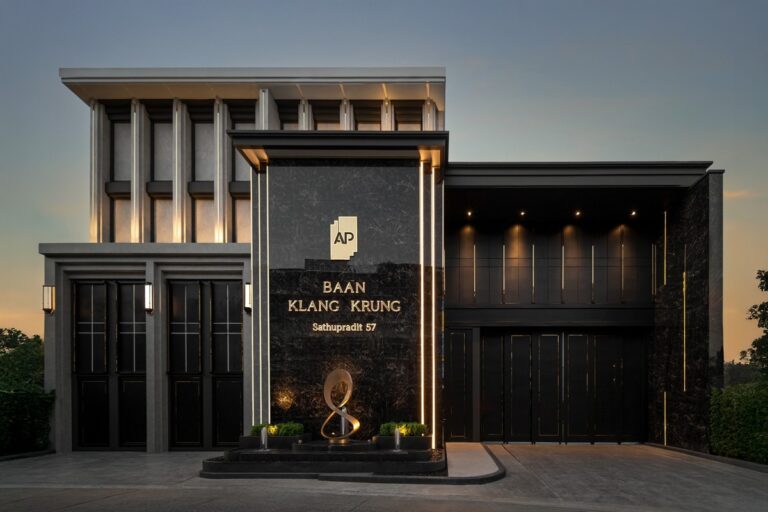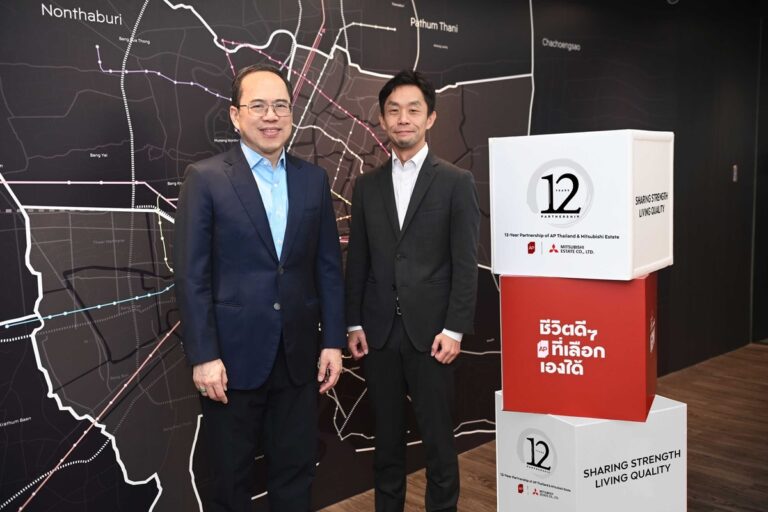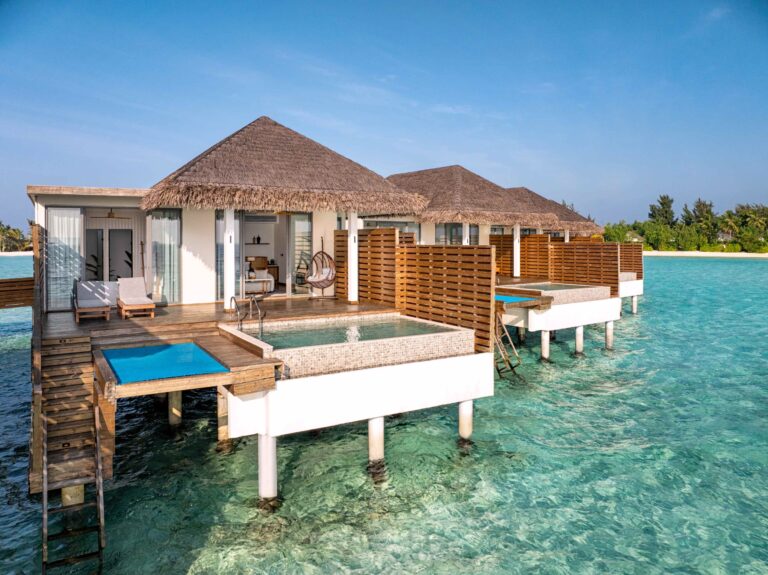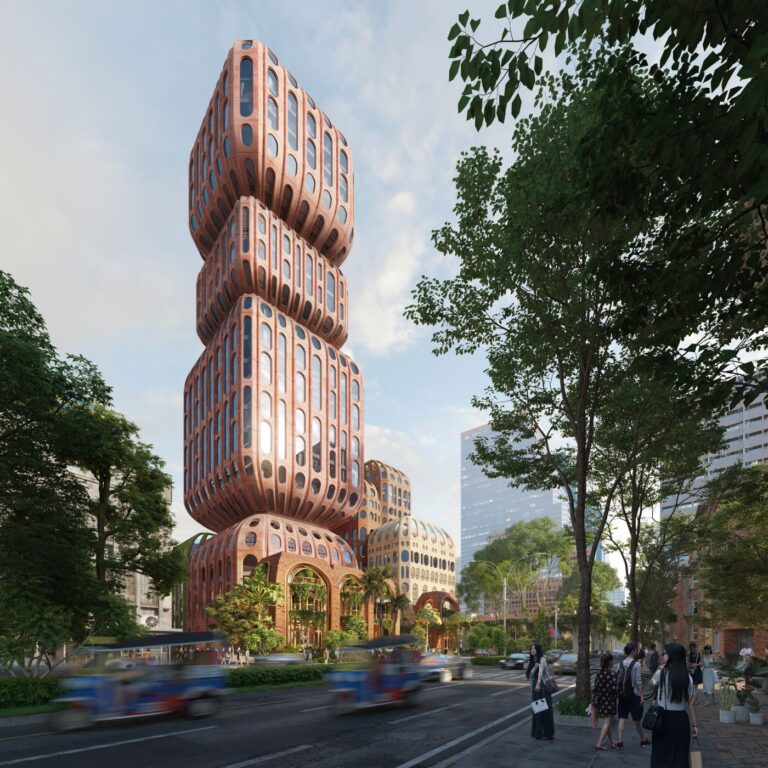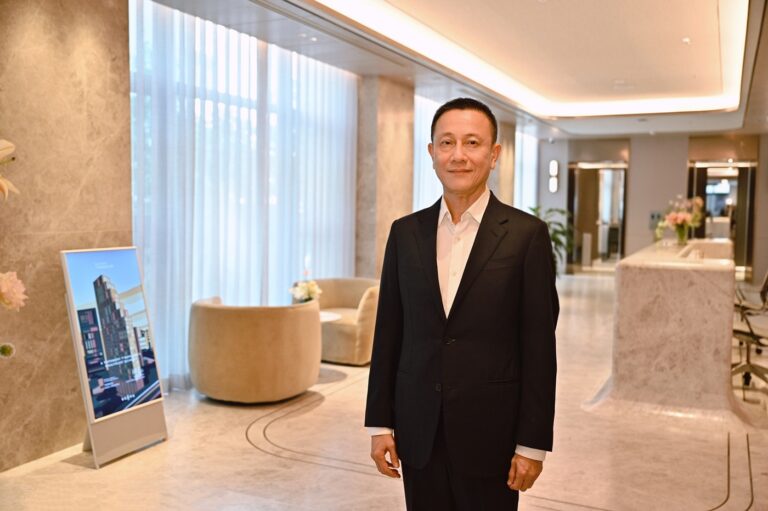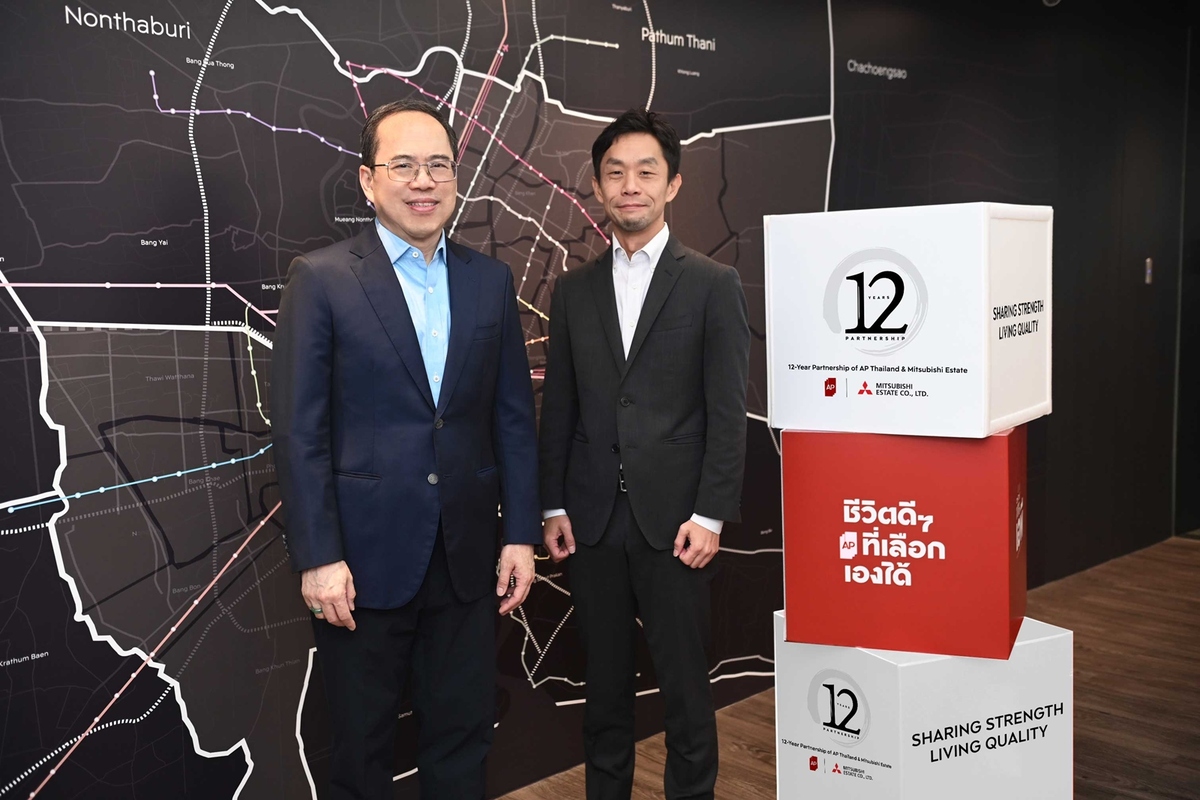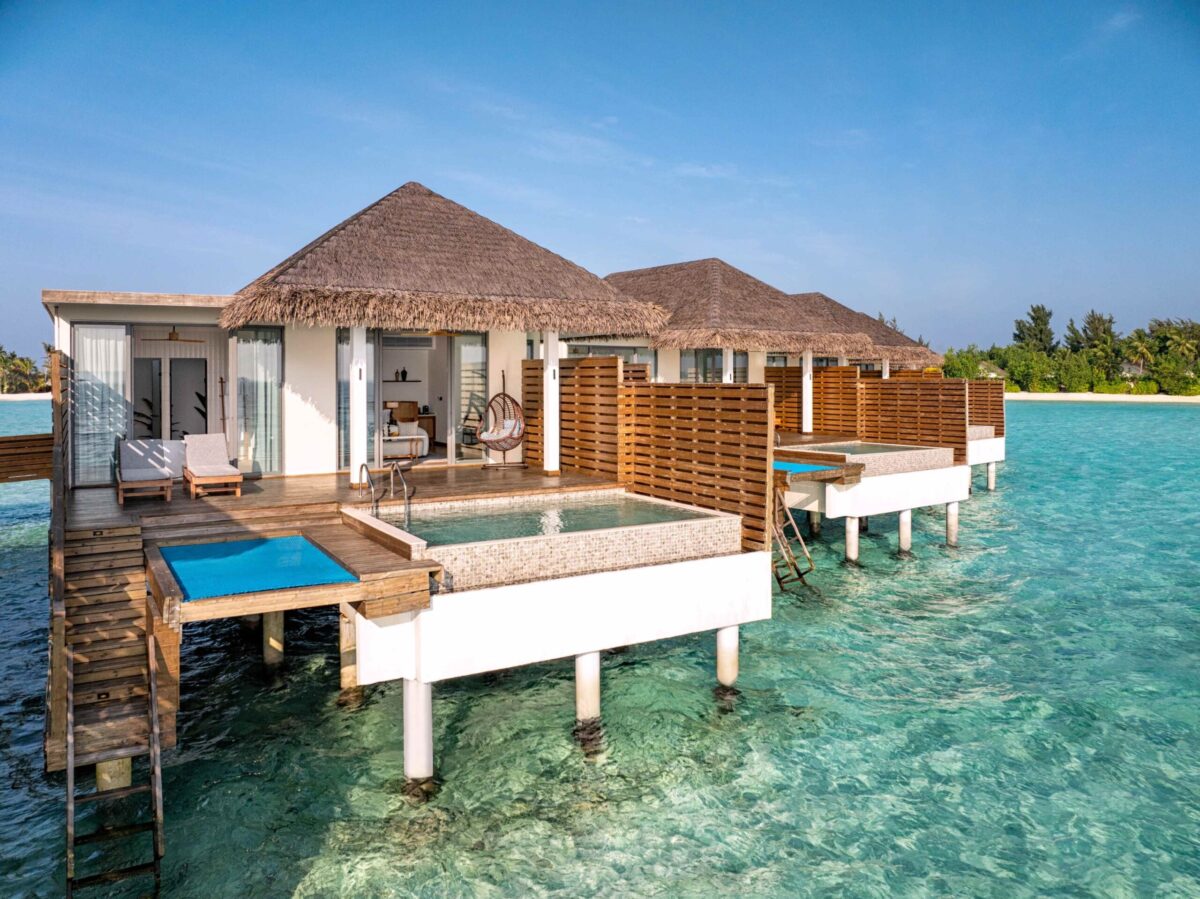“Location” isn’t everywhere! Understand the definition of “Prime Location” from the eyes of expat.
I often feel that most Thai people have no comprehensive picture to judge a “location”, as a Chinese, as “buying property” has deeply cultivated into Chinese culture for so many decades, and as I grew up in this culture and have witnessed the property market in China boom madly, I would like to share my opinions specifically for this topic today. My opinions may against some people’s opinions, I welcome everyone to share your ideas with me. Let’s start from China. Old Shanghai people always say: “I would rather to only have a bed in Pu Xi, than having a room in Pu Dong.”
Why?Human’s inventions in 20th century have hugely improved the living environment in suburb, including metro, skytrain, convenient shop, shopping mall, etc., and in China, the government even has done this much more well, moving municipal government complex to suburbs directly. Unfortunately, so far, suburbs still exists today – suburbs is still suburbs, city center is still city center.You can buy a 30 sq.m. small condo by THB 15m close to Ginza in Tokyo, with the same price, you can buy at least 4 second-hand single houses in Hachioji, where is only 1 hour away from Tokyo. A high-end 75 sq.m. condo in Jing An District of Shanghai priced as much as THB 43m, but in Kun Shan District, where is only 25 minus away from Jing An by metro, the cheapest single house only priced THB 6m.Life in suburbs has changed a lot, but the class of suburbs never changes. In any well-developed city, people can choose to live farther and cheaper, but ultimately most people still prefer to live close to city center.
The demand for prime locations comes from huge and dense “recourses” offered by the prime locations, including job opportunities, social connections, time for transportation, fancy commercial amenities and shopping malls, etc. The government hopes to disperse people from city center, so the traffic would be less jam, reducing the stress for infrastructures. But all modern cities in the world have 80/20 principle – 80% people crowd into 20% locations. Ginza, the most prosperous business district in Tokyo, the land price has exceeded the highest price in 1985 – this is the charm of a prime location. The population of Japan is on the decline, but the population of Tokyo is on the rise. Most of the population that has flowed into Tokyo has moved to Tokyo’s 6 most elite districts – Bunkyo, Shinjuku, Minato, Chiyoda, Chuo, and Taito. The population of these districts is increasing at a rate of 10% per year, and rental price also keep increasing every year. But imagine, if these districts are crazily building a lots of residential projects in the future, will rental price keep rising? Will people fight to buy at presale? The essence of location is “scarcity”, which means in short supply, there are more people willing to buy and rent for stay than to sell and rent out. ·


